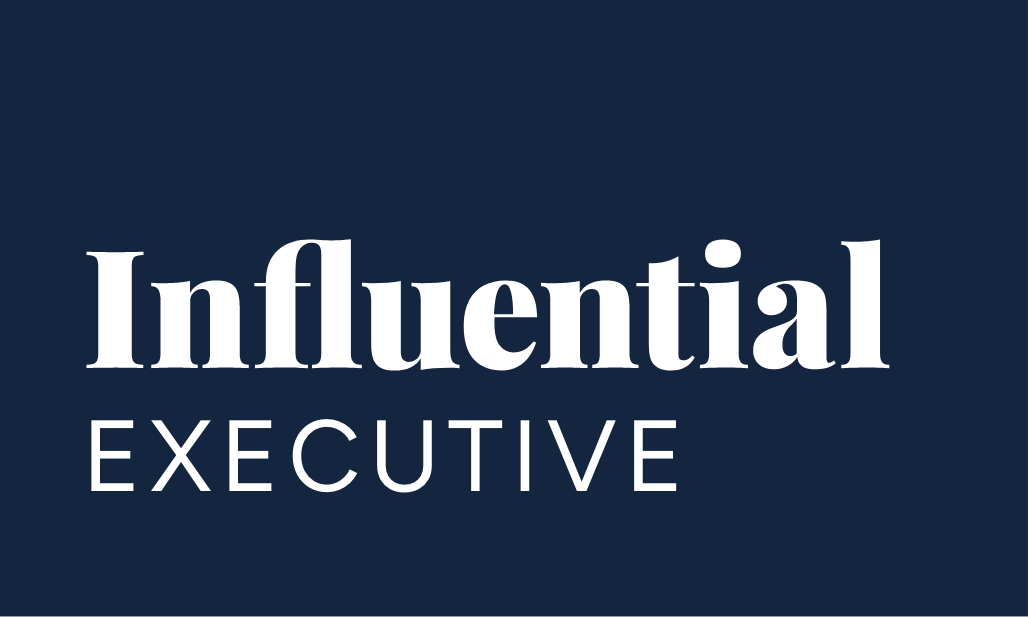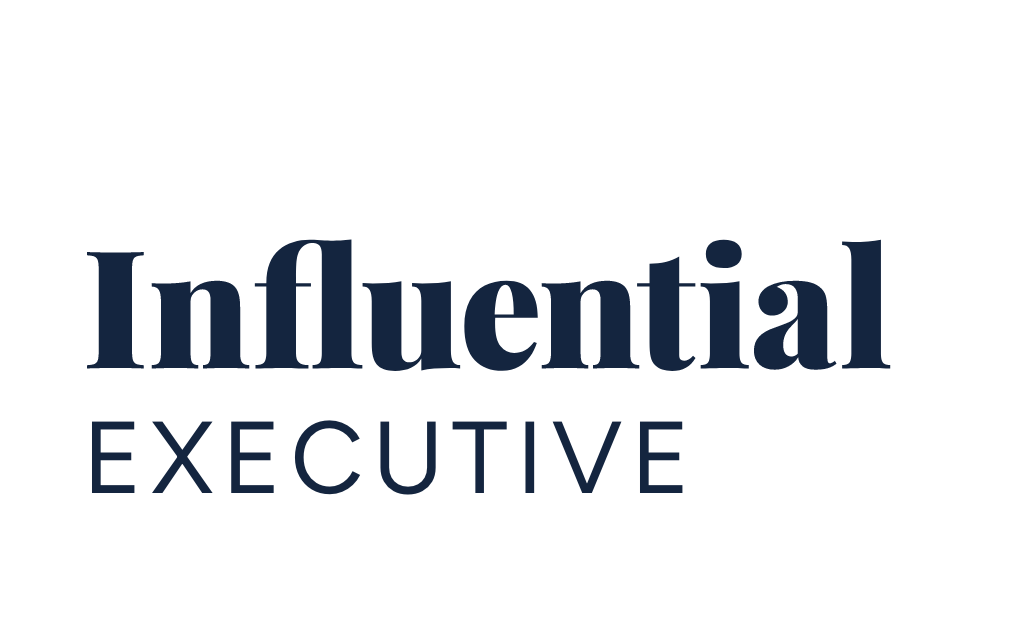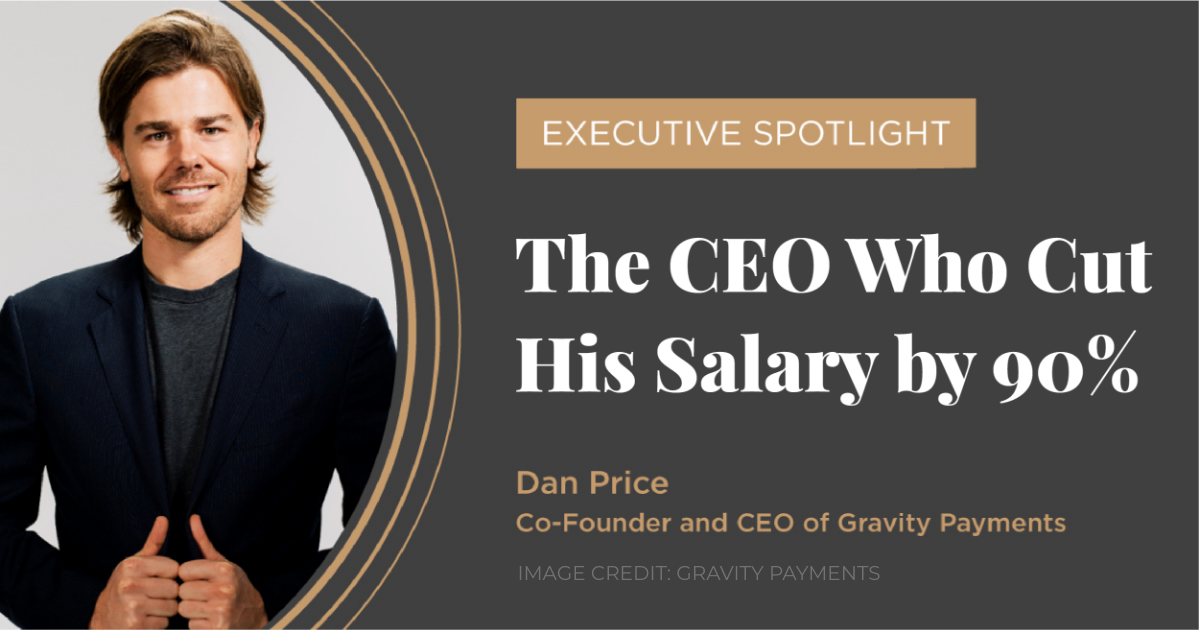Co-founded in 2004 by Dan Price, Gravity Payments is a credit card processing company dedicated to providing independent business owners with a low-cost alternative, while aiming to have transparent business practices. Price made headlines when he raised the minimum salary for all employees to $70,000 while cutting his own $1.1 million salary by 90%.
While Price and the company faced backlash from some other businesses, and even some employees, Gravity Payments has been steadily growing ever since. In 2014, the company processed $3.8 billion and this amount grew to $10.2 billion in 2018. Revenue and profits have also doubled, while customer retention has increased from 91% to 95%. For reference, the industry average is a mere 68%. Meanwhile, the number of employees has grown from 120 when the new minimum wage was announced to 200. As the leader of such a polarizing decision, committing to a specific identity is crucial for Price, and social media is a great opportunity to do exactly that.
In this article, we will be looking specifically at Price’s Twitter and Instagram accounts, both of which offer very different content. In analyzing these particular social media accounts, we can see how executives can use these platforms to both inform users about their company’s core values and give insight about themselves as individuals.
Twitter: Sharing Relevant Content
Price is most active on Twitter, where he currently has 20.4K followers. In terms of his Twitter bio, the profile image is an excellent choice as it features a bold headline to catch people’s attention. The question “Is this the best boss in America?” is instantly intriguing to people. Using a magazine cover as a profile image shows that Price is an executive that not only gets media coverage, but has been in the news for positive reasons.
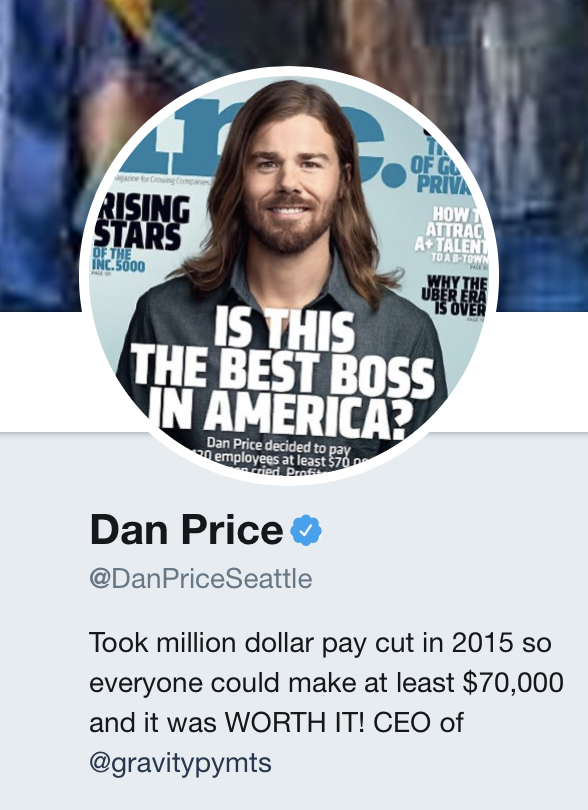
His profile image connects to the written portion of his bio that mentions one of his most newsworthy actions to date. Combined with his pinned tweet, it gives more context and provides information about an executive most people may not have heard of before, especially since his company is B2B, rather than B2C.
Although his Twitter’s banner image has a lower resolution than we would recommend, the actual content is aligned with the rest of his profile. There is a strong emphasis on featuring employees from Gravity and placing the importance on the company as a whole, rather than Price as an individual.
For Price, Twitter is used as a platform to share information with others. Most of his tweets consist of a link to an article along with Price’s personal take on the topic. Common topics he shares relate to the U.S. economy and workforce, including lobbying, the healthcare system, unfair tax practices, and wealth disparity. Price is also active in raising awareness on other global social issues outside of the workplace, such as climate change, gender inequality, and racism.
A cause Price is particularly passionate about is businesses providing a fair, living wage for their employees, which is what inspired him to increase the minimum wage at his own company.
Researchers followed people whose income dropped in their 20s & 30s. By mid-life, their brains were more likely to be damaged – worse processing speed, executive function, etc.
So Millennials facing financial hardship today will have permanent effectshttps://t.co/bQYE1esUgI
— Dan Price (@DanPriceSeattle) November 16, 2019
We mentioned in one of our previous articles that linking to articles is an effective way for executives to share their own interests with their followers. Adding a personal comment makes the content more unique and informs readers about the executive’s values. Price does this particularly well. In some tweets, his comments are more about the general topic, not necessarily the specific article he is linking.
Every day there's another story about the wealthy who fear they might go from super-rich to super-slightly-less-rich under some proposals.
We need more stories about regular people repeatedly getting crushed under the weight of societal inequitieshttps://t.co/PnrLebXesx
— Dan Price (@DanPriceSeattle) November 18, 2019
In other tweets, he summarizes the article in a bulleted list that hits on the key points while also ending with his own thoughts. In this example, he sympathizes with employees, but is adamantly against the coal industry as a whole.
The year in coal
*8 coal companies went bankrupt, including the biggest one
*Wind & solar overtook coal as a bigger U.S. energy source
*Coal demand hit a 40-year low
*Another huge plant just closed
I feel for impacted workers but coal is killing our planethttps://t.co/nOylD3fqgz— Dan Price (@DanPriceSeattle) November 20, 2019
Price occasionally shares content from his company’s Twitter account, though this is rarely done and the focus is on sharing articles. Although he does not actively promote Gravity Payments in his tweets, the company’s values are definitely reflected in Price’s posts. Since he is so vocal about issues like ethical business practices, this translates back to his own company.
Many executives on social media have their own niche in terms of the type of content they post. While Price’s Twitter content touches on a very wide variety of topics, all of it relates back to how average citizens and employees are impacted by businesses and governments. He is an example of an executive who is using social media to raise awareness on these topics and speaking up for those in less powerful positions. Price’s Twitter content and his personal comments are not only insightful, but also makes him more authentic and relatable as well.
A lot of rich people and big company CEOs I talk to genuinely feel victimized when they have to pay people a living wage. Even when they can afford it.
— Dan Price (@DanPriceSeattle) November 14, 2019
Instagram: All About Dan Price
It goes without saying that Instagram is a much more visual social media platform than Twitter. On Price’s Instagram account, the content he shares is less about raising awareness on social issues and more about showcasing him as a person. While he is the face of the company, his Twitter account does not display much of his personal life. On his Instagram, he does share more personal content, such as his family and vacation photos.
Whereas Twitter is about raising awareness on important national and global issues, Price’s Instagram content puts the spotlight on Price and makes a much stronger connection to Gravity Payments. Posts on this social media platform include his appearances on TV and magazines covers he has been featured on.
In his bio, he links to a YouTube video of a news segment from 2016 that looks at his company after the new minimum wage has taken effect. This is an effective way to connect his bio’s messaging with that of his profile picture, which is the same one from his Twitter account. On Twitter, he uses the “pinned tweet” option to help support his messaging, while on Instagram, he makes good use of the ability to add a link to the profile.
In the last Executive Spotlight article, we noted how John Legere‘s magenta color scheme on his Instagram account added a nice visual theme to his profile. However, Price’s Instagram is more eclectic, with some images having a more professional look and others that are lower resolution; some use strong filters, others look more natural. One of the biggest myths about an executive’s Instagram is that all images “have” to be perfect or polished. Instead, “lower quality” images can portray a more authentic look and often garner even higher engagement than higher quality images.
Influential Executive: Inspiring Others
Part of what makes Price an effective executive on Twitter is how active he is, sometimes tweeting several times a day. None of the content feels repetitive because the topics he shares and the sources he is getting the articles from are diverse.
When analyzing his Twitter and Instagram profiles, it is clear that each platform has its own purpose. Twitter is used to share topics Price is passionate about, while Instagram builds a stronger brand connection between Price and Gravity Payments. On both his Instagram and Twitter account, Price uses a similar bio line: “Took million dollar pay cut so all of my employees could make at least $70k per year.” This is succinct and to the point, but is also effective in portraying company values and culture. First, it makes it clear that Price is an altruistic executive and is unlike other CEOs in that he is willing to dock his own pay in order to provide better wages for his employees. Secondly, it strongly hints that the company culture is one where employees are valued members of the company.
California since 2008
Health insurance: up 68%
Incomes: up 16%
That's $2,800/year extra going just for the same basic health care as before. And that's only the insurance part.Go to any other state & the story is the same. These costs are buying peoplehttps://t.co/jaMmjqlZuM
— Dan Price (@DanPriceSeattle) November 22, 2019
In one of our previous articles, we talked about how executives on social media can be an excellent way to attract top talent. Price’s bio line can be very intriguing for job hunters as it encourages them to learn more about Price and Gravity Payments. After initially announcing the pay increase, the company received 5,000 resumes, but also attracted talent from other large brands. Tammi Kroll, the current COO at Gravity, left her role as an executive at Yahoo to come work at Gravity specifically because she believes in Price’s vision and business ethics. The move resulted in an 80% pay cut, but she says, “Money doesn’t make you happy, doesn’t make you a better person.” It is clear that Price’s way of engaging in business and treating those around him have inspired other executives.
Another reason Price is an effective executive on social media is that he uses the platform to raise awareness on issues that impact “regular” people. By empathizing with the working class and being known for making changes within his own company, he receives praise from followers who appreciate that he is using his platform to speak out.
Your tweets often give me hope for a better tomorrow. I know I sound like a broken record, but thank you for fighting for people like me. Words can’t describe how thankful I am.
— ☕️ 𝓙𝓾𝓹𝔂 🌻 coffee time 🌻 (@jupy314) November 14, 2019
For executives posting content cross-platform, one thing to keep in mind is different character limits. While executives can keep the platform with the lowest character limit in mind and write the same short copy for all platforms, Price has gone the extra step and tailored his content to the platform. Here is one example:
"No one is forced to work a low-wage job." I used to justify low pay at @gravitypymts by telling myself this.
But when someone leaves a job, someone else needs to replace them. When we focus too much on individual action, we allow fundamental inequities in our system to persist.
— Dan Price (@DanPriceSeattle) November 12, 2019
Twitter is a platform that has a lower character limit so Price has to pick which key points he wants to share. On Facebook, Price goes into more details, providing stats to back up his point and give more context to his stance. Executives who cross-post can create slightly altered content to give users more incentive to follow them across different platforms.
Improvements: Reviewing Best Practices
Following best practices on each social media platform can result in increased engagement and a more polished look. Price’s Twitter profile features strong content, but his current header banner is very blurry. It is important to know the exact image dimensions for each social media platform so that the image uploaded will not be blurry or stretched.
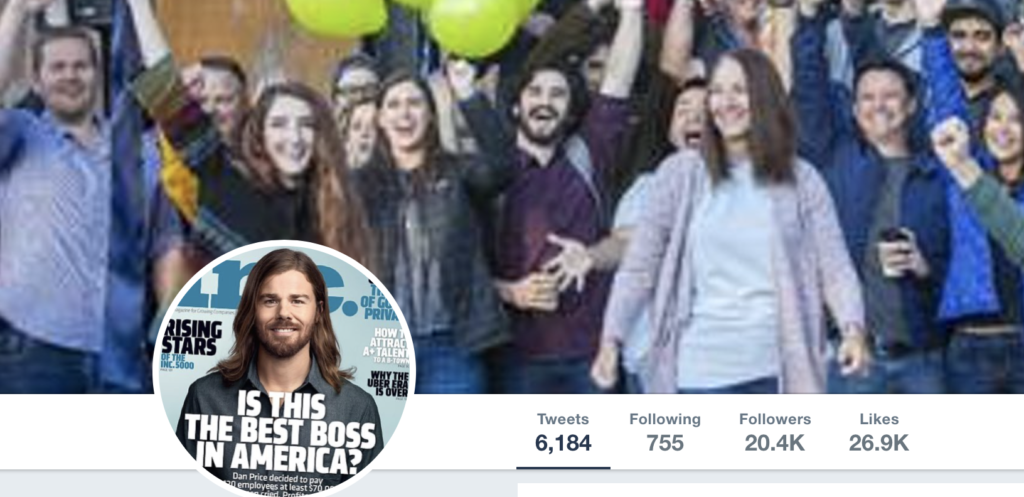
Another way Price can increase engagement with his content is to use more hashtags and tagging relevant Twitter accounts. For example, when sharing an article, executives can tag the publication it came from, such as CNBC, Forbes, and so on. When discussing important issues, inserting hashtags into the sentence in a natural way or ending with a hashtag about the topic is effective. This will help increase the reach of his tweets.
Chance of earning more than your parents:
Those born in 1940: 91%
Those born in 1985: 50%The big thing that changed: Economic gains used to go to everyone. Now they go almost entirely to the wealthyhttps://t.co/fCXMJme37o
— Dan Price (@DanPriceSeattle) November 12, 2019
For some of his tweets, such as the one shown above, there is no image attached. Adding visuals can help draw people’s attention, provide additional information, and entice users to click through to the article. For article links that do not have autopopulating images, finding a relevant image for the topic is crucial.
On Instagram, we recommend executives make use of its “Highlight” function in order to save important Stories in themed collections. For Price, we recommend making one about his work as a CEO at Gravity, such as his TV appearances.
Compared to Twitter where Price is very active, updates on Instagram are more sporadic. While executives do not need to post everyday on Instagram, it is always best to stick to a structured schedule, such as posting once a day or once a week.
Similar to Twitter, Price does not often use hashtags in his posts, which limits his content’s reach.
Sadly, today is Latina Equal Pay Day
Latina women make 55 cents for every dollar white men make. So the typical white man's salary from last year now equals Latina pay since 2018.
One thing to note: Latinas make 30% less than other women in tipped jobshttps://t.co/tPWm1XOW5r
— Dan Price (@DanPriceSeattle) November 20, 2019
Conclusion: Achieving a Balance
In terms of content, Price’s Twitter account tends to focus on social issues that impact the general public, while his Instagram offers more candid content. While it can be tricky managing a social media platform where the conversation happens to be predominantly negative, as it is centred around improvements, Price has managed to achieve a balance. He shares articles about these issues, but in many of his posts, highlights that changes are possible. Executives should not feel as if they have to shy away from talking about these issues as they are extremely relevant to the general public.
Interested in reading more about executives on social media? Be sure to take a look at our previous articles on John Legere, Rick Steves, and Doug McMillon!
